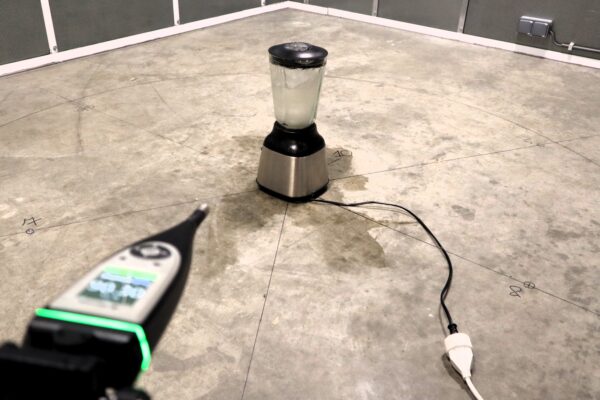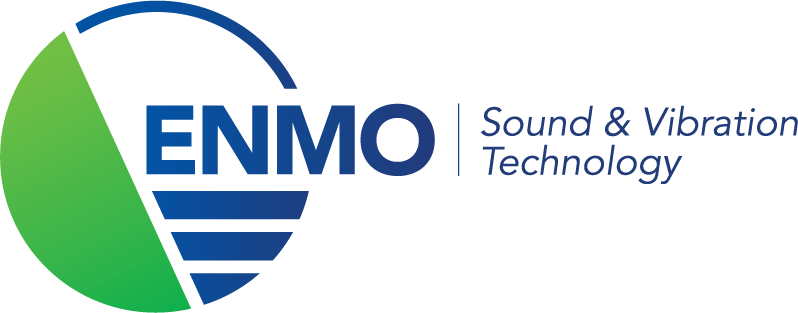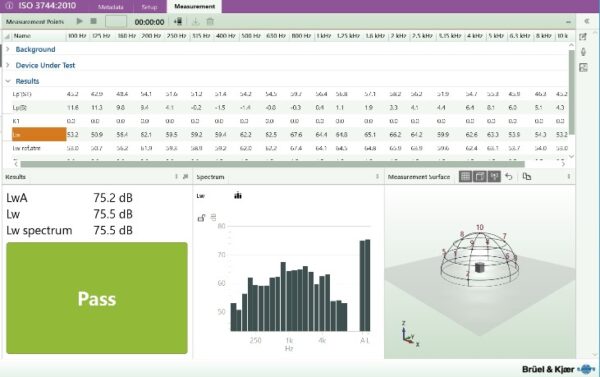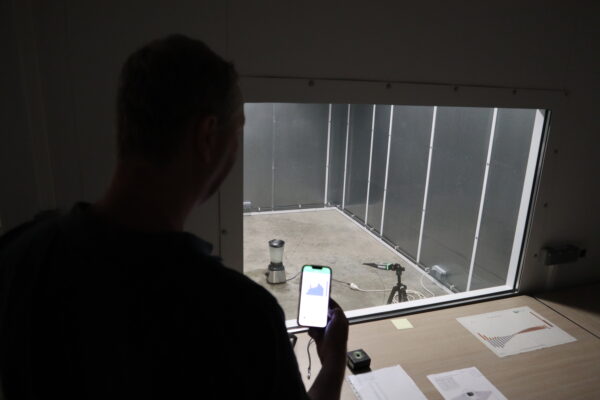Sound Power with Product Noise Partner
When we think of measuring sound power, we often think of many microphones or expensive intensity measurements to finally determine the Lw value.
With the arrival of the sound level meters Type 2245 and Type 2255 it is possible to measure and calculate the sound power in accordance with ISO 3744-2010 using different measurement methods. By using the Product Noise Partner app, called the PNP app, a noise source can easily be measured using a project or template. This can be done in detail so that a standard value can be obtained in accordance with ISO 3744-2010. For example measuring background noise, measuring in a reverberation chamber or the condition under which the source is operational during the measurement.
Suppose we have a source whose sound power needs to be determined. The easiest way is to put a « virtual » box over the source and use the point method to measure the source. Within the PNP app, this can be done easily. The app will also help you where to measure, how long to measure and what height – distance should be measured.
Another example of using the Product Noise Partner app is measuring a source in an acoustic chamber or lab environment using a hemispheric method. Based on preset parameters, various points are measured. This can be done with or without a background or reference sound source e.g. a Brüel & Kjaer 4204 reference sound source.
When the details of the measurement area, dimensions of the source and all measurements have been made correctly, the Product Noise Partner calculates the sound power of the source. Should a source need to be measured more frequently, a template can easily be created from a previous project.
Should a source need to be measured more frequently, a template can easily be created from a previous project.
While measuring, the sound level meter is linked to an IOS device. The app shows which measurement point is to be measured, the environmental conditions such as distances, surfaces and volumes of the room and the sound source. In addition, the app also shows at which position(s) background level should be measured. The points to be measured are listed step by step and indicated in a schematic overview.
During measurement, it is possible to choose between several measurement situations, background, reference sound source.


 ▽
▽
 English
English
 Français
Français
 Nederlands
Nederlands



